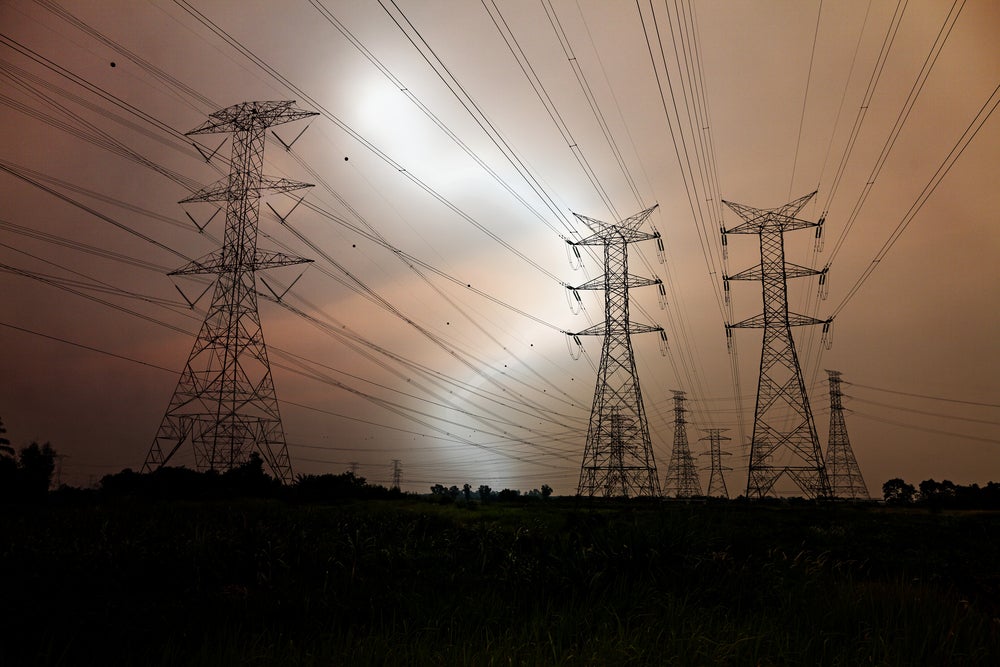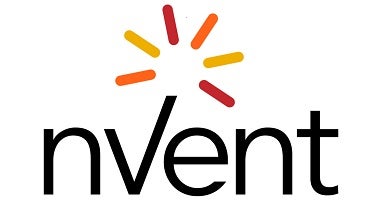
Several national and international standards such as AS/NZS1768 and the IEC62305 series focus on providing direction and guidance for the selection and installation of surge protective devices as well as setting the industry benchmarks for SPD performance.
Here, nVent explores these standards, simplifying and summarising the key points in a manner that can be applied to mining facilities. nVent attempts to make it possible for asset managers and engineers to develop a practical and comprehensive site-wide surge protection plan for electrical, data, and communications equipment.
Identifying the issues
Lighting and over-voltage transient can cause millions of dollars of damage to low-voltage installations each year. In the US, damage to equipment costs roughly $1.2 billion annually, including the loss of productivity from industrial and business downtime.
High energy over-voltage transients could be derived from direct lightning strike structures or can be conducted on power and data communication cables entering facilities. Induced transient over-voltages may also come from near strikes due to capacitive or inductive coupling. Some examples of these dangers include peak currents that can exceed 200kA with 10/350µs wave-shapes, with current rise times varying from 0.1 to 100 µs.
Additionally, multiple pulse surges experienced in over 70% of lightning strike cases usually occur where up to 20 re-strikes may follow the path of the main discharge. Lastly, continuing currents of 200-500A lasting several seconds may also occur. There is no single technology that can reduce lighting and subsequent transients that occur on conductors/cables.
As a leading provider of solutions for infrastructure, mining, industrial and commercial buildings, nVent recommends a robust surge protection plan, which can be applied to most applications. The company’s system approach follows the recommendations in national and international standards, such as the Australian standard for lightning protection, and the IEC series of standards for protection against the effects of lightning.
Examples of some pointers of nVent’s plan suggests that capturing the direct lightning strike at a preferred point should be done by creating a zone of protection for the structure. The second recommendation is to conduct the lightning current to the ground safely by reducing the dangers of side-flash to people, equipment, and structures. The third recommendation is to dissipate the energy into the group with the minimal rise in earth potential through low impedance earthing systems as well as removing earth loops and differentials by creating an equipotential earth plane under transient conditions. Furthermore, operators must protect equipment from surges and transients on power lines and from communications and data lines to prevent equipment damage and costly operational downtime.
Preventing and applying surge protection
nVent explains two key aspects to consider when selecting and applying surge protection for power, data and communication systems. The first is the performance features of the surge protection and the installation of its device including the correct connection and coordination with the design and layout of the earthing system.
The key features to select for the application of the SPD are surge protection for the environment and let-through voltage that is suitable for the equipment being protected and to ensure a safe operation that is defined by standards-compliance, testing, and marking. Key installation parameters of the SPD are also wiring lead length and to reduce it within application and separation of clean and dirty wiring. Lastly, a coordinated connection arrangement to earth through either a star point earthing arrangement within a single zone or a mesh bonding network.
nVent acknowledges that in certain areas there are other secondary parameters to consider than those stated above. However, the company believes that analysis of damage has no single protection device that can provide lighting immunity, which is why their six-point plan approach will help asset managers and engineers with the underlining issues.
To find out more, download the whitepaper below.


